
Doune Castle
Located where the Ardoch Burn flows into the River Teith, Doune Castle has been a medieval stronghold since the 13th century. It may be familiar to you as the castle in "Monty Python & the Holy Grail". (More recently it has appeared as Castle Leoch in the TV series "Outlander".)
This site has been fortified since Roman times. The name Doune derives from the Gaelic dùn which translates to "fort". It is believed that the castle construction was begun by Robert Stewart, Earl of Monteith and son of King Robert II, in the mid 14th century. By the early 1400s, it had become a favored residence of Robert, now Duke of Albany. On Robert's death his son, Murdoch, assumed the title and the Dukedom. However, Murdoch was executed in 1425 for treason and Doune Castle became a possession of King James I of Scotland, serving as a retreat and hunting lodge.
Mary, Queen of Scots, stayed at Doune on several occasions and was held by forces loyal to her during the brief civil war that followed her forced abdication in 1567. Over the years, Doune saw many skirmishes and battles including during the Civil War of 1654, the Jacobite rising of 1689 of Bonnie Dundee and during the Bold 45 when it was occupied by Bonnie Prince Charlie. It was often used as prison and at one time housed John Witherspoon who later moved to the colonies and became a signatory of the Declaration of Independence.
Throughout the 18th century, Doune deteriorated until by 1800 it was a roofless ruin. In the 1880s, George Stuart, 14th Earl of Moray, began restorations. Today it is maintained by the Historic Environment Scotland.
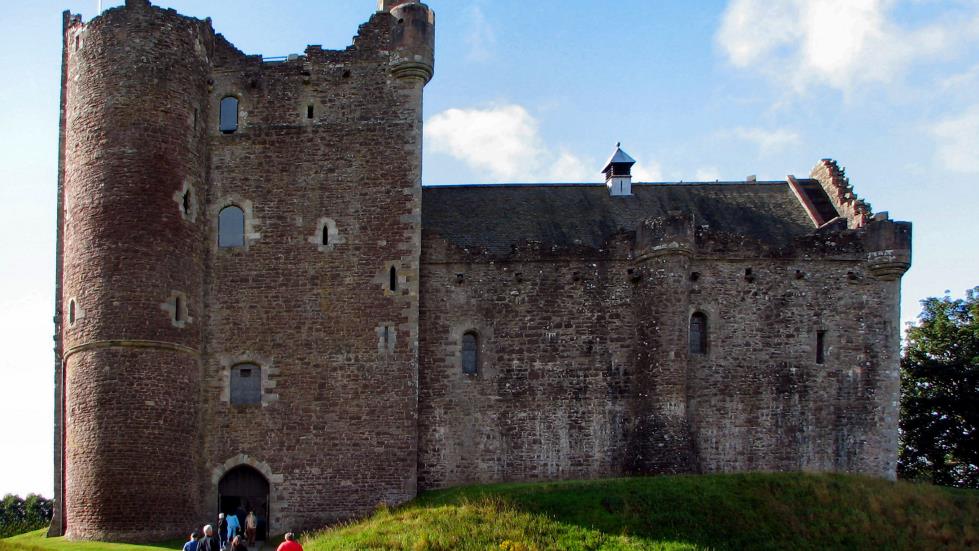
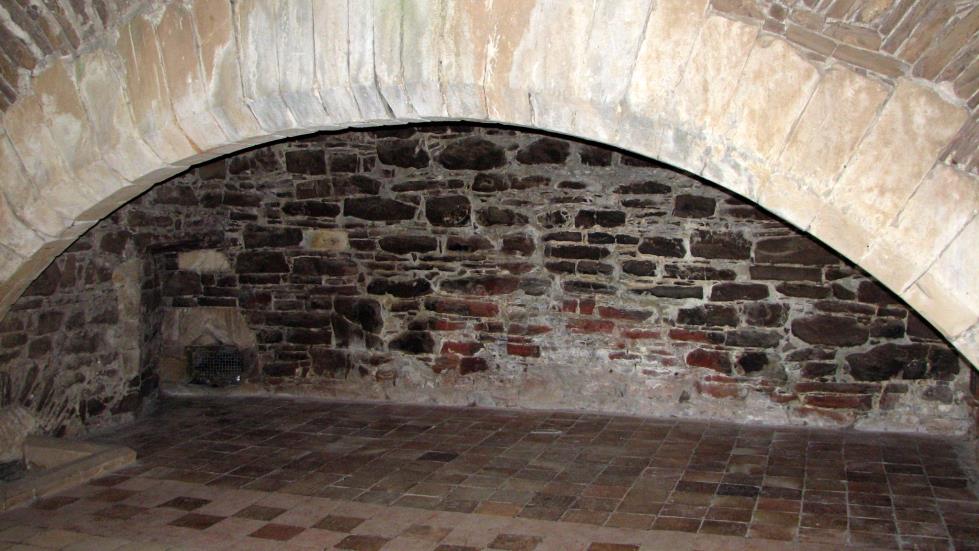
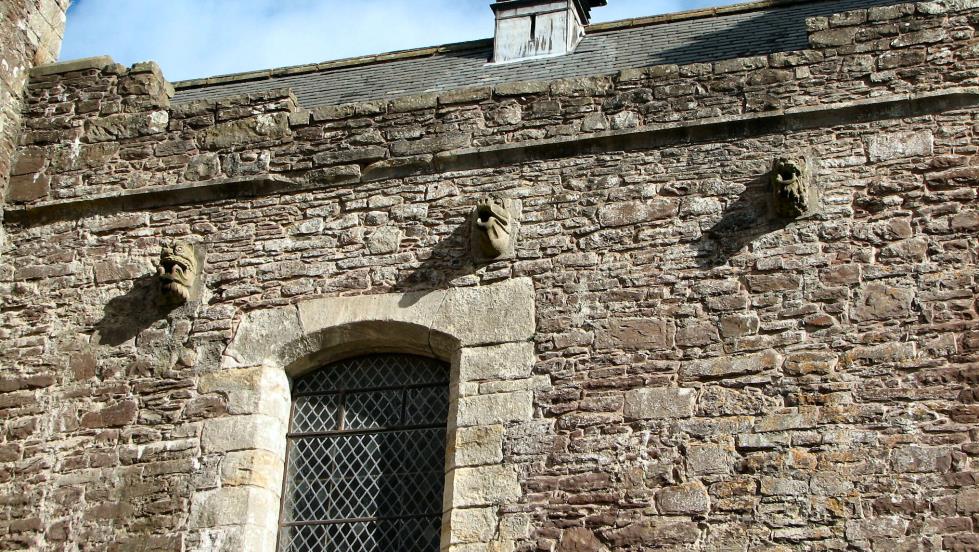 Sterling Castle
Sterling Castle
Stirling Castle sites high on Castle Hill overlooking the River Forth. Unlike Edinburgh Castle which sits on a dormant volcano, Castle Hill is a quartz formation that was carved out by ancient glaciers. The Romans bypassed Stirling in favor of Doune, possibly because it was occupied by unfriendly tribes. The first record of a castle at this site dates to around 1110 AD when King Alexander I dedicated a chapel on the site. During the reign of King David I, the castle became an important administration center.
In 1296 Edward I of England, Longshanks, found the castle abandoned and thus occupied this strategic site. He was driven out in 1297 by William Wallace at the Battle of Stirling Bridge. Over the centuries, its ownership swung from Scots to English a number of times. Today, along with its function as a major tourist attraction, it remains the headquarters of the Argyll and Sutherland Highlanders.
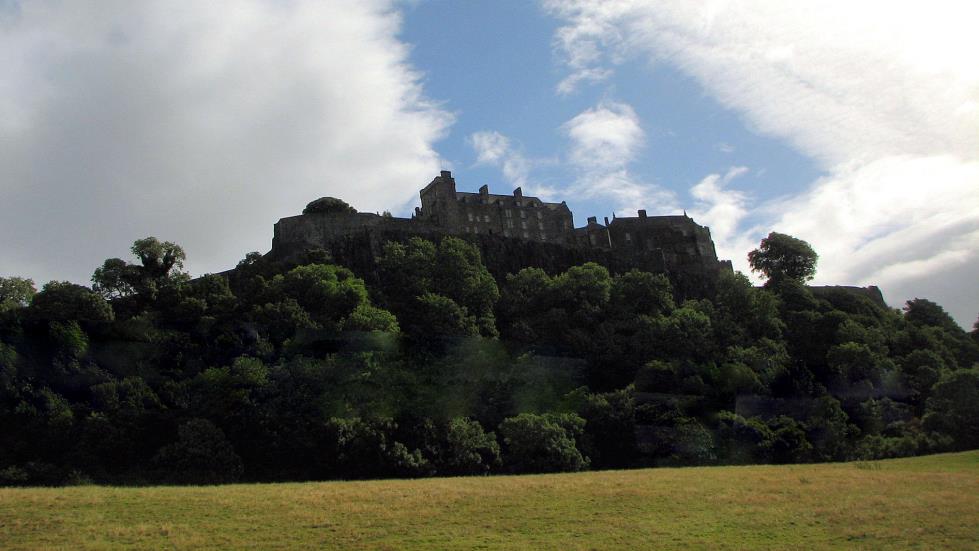
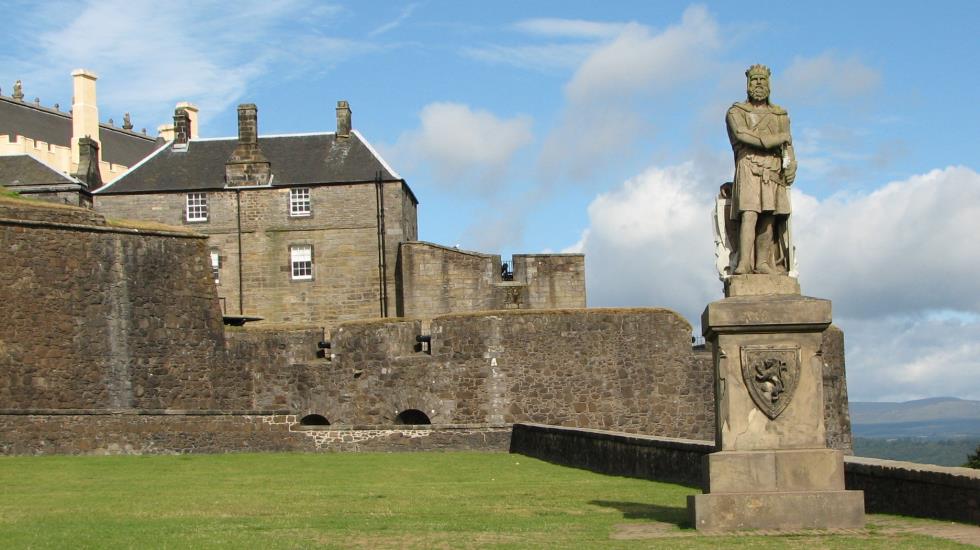
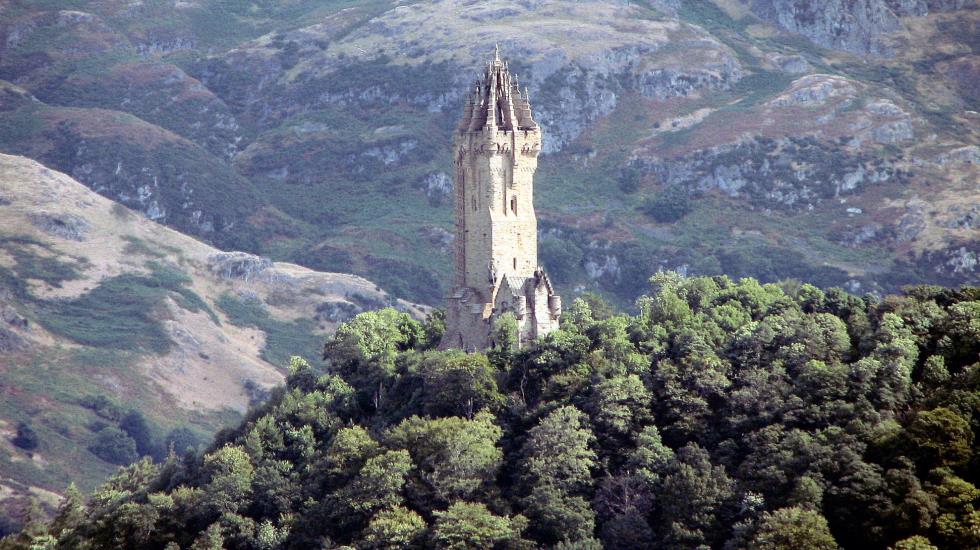
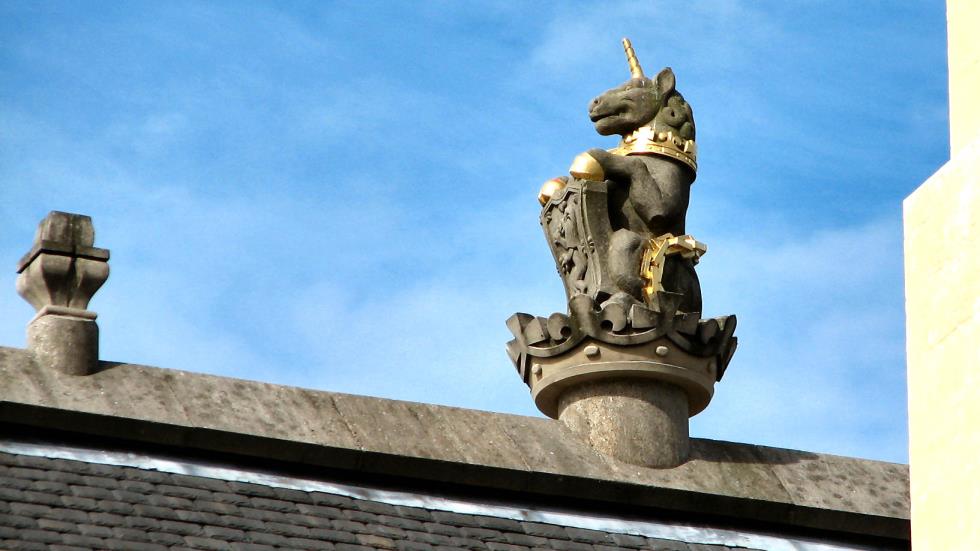

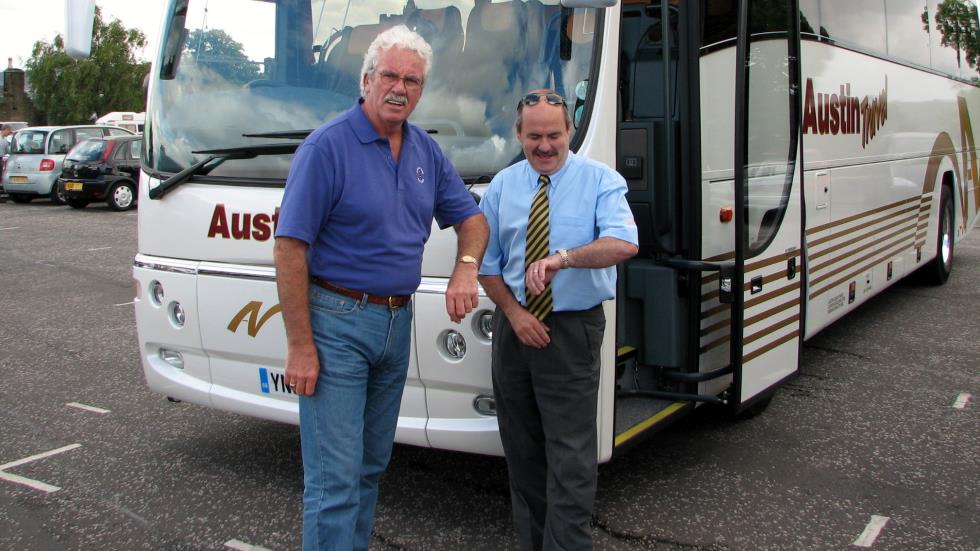

Located where the Ardoch Burn flows into the River Teith, Doune Castle has been a medieval stronghold since the 13th century. It may be familiar to you as the castle in "Monty Python & the Holy Grail". (More recently it has appeared as Castle Leoch in the TV series "Outlander".)
This site has been fortified since Roman times. The name Doune derives from the Gaelic dùn which translates to "fort". It is believed that the castle construction was begun by Robert Stewart, Earl of Monteith and son of King Robert II, in the mid 14th century. By the early 1400s, it had become a favored residence of Robert, now Duke of Albany. On Robert's death his son, Murdoch, assumed the title and the Dukedom. However, Murdoch was executed in 1425 for treason and Doune Castle became a possession of King James I of Scotland, serving as a retreat and hunting lodge.
Mary, Queen of Scots, stayed at Doune on several occasions and was held by forces loyal to her during the brief civil war that followed her forced abdication in 1567. Over the years, Doune saw many skirmishes and battles including during the Civil War of 1654, the Jacobite rising of 1689 of Bonnie Dundee and during the Bold 45 when it was occupied by Bonnie Prince Charlie. It was often used as prison and at one time housed John Witherspoon who later moved to the colonies and became a signatory of the Declaration of Independence.
Throughout the 18th century, Doune deteriorated until by 1800 it was a roofless ruin. In the 1880s, George Stuart, 14th Earl of Moray, began restorations. Today it is maintained by the Historic Environment Scotland.
Stirling Castle sites high on Castle Hill overlooking the River Forth. Unlike Edinburgh Castle which sits on a dormant volcano, Castle Hill is a quartz formation that was carved out by ancient glaciers. The Romans bypassed Stirling in favor of Doune, possibly because it was occupied by unfriendly tribes. The first record of a castle at this site dates to around 1110 AD when King Alexander I dedicated a chapel on the site. During the reign of King David I, the castle became an important administration center.
In 1296 Edward I of England, Longshanks, found the castle abandoned and thus occupied this strategic site. He was driven out in 1297 by William Wallace at the Battle of Stirling Bridge. Over the centuries, its ownership swung from Scots to English a number of times. Today, along with its function as a major tourist attraction, it remains the headquarters of the Argyll and Sutherland Highlanders.
 Edinburgh - The Last Day
Edinburgh - The Last Day